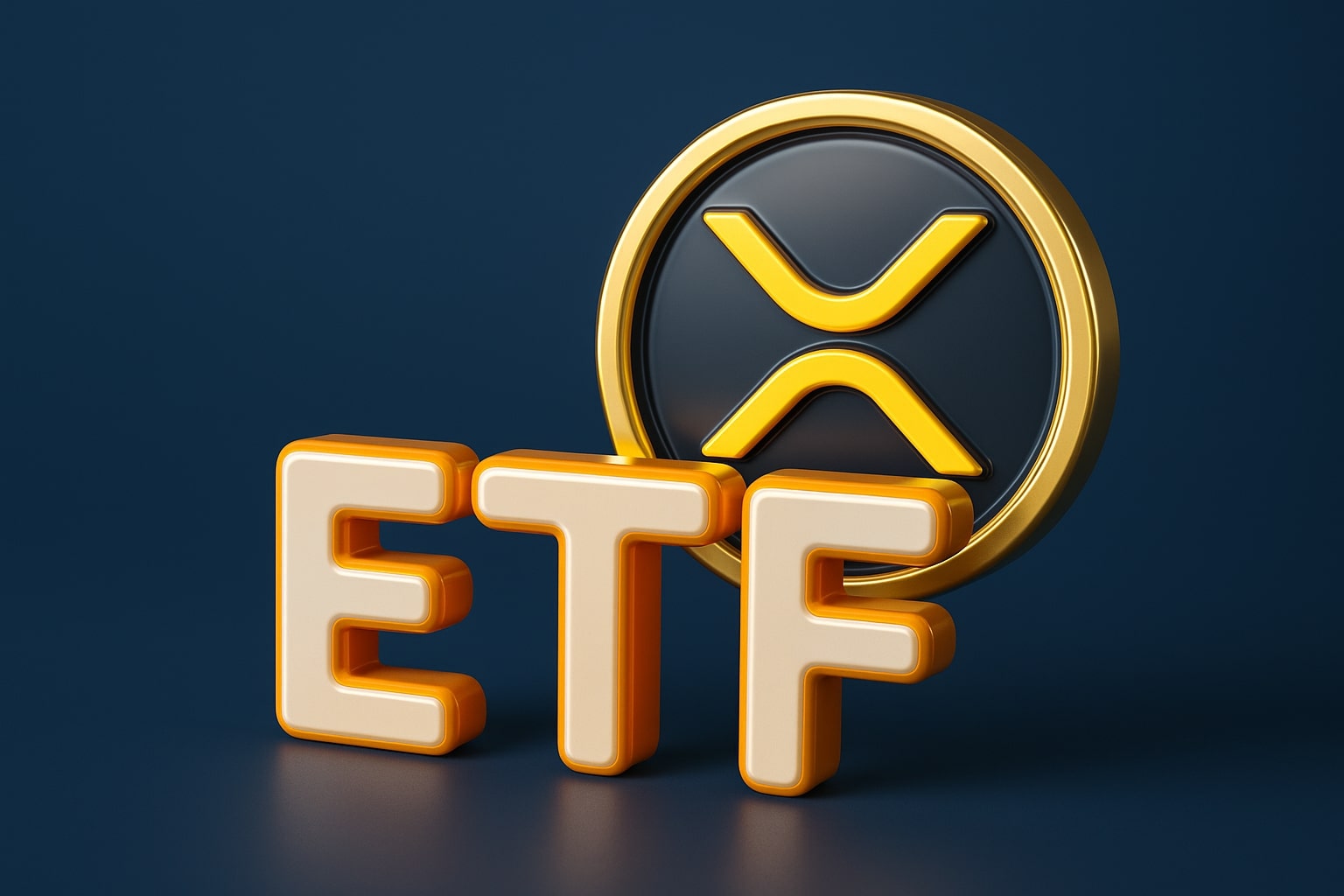
Bitcoin ETF Market Bleeds $2 Billion as IBIT Leads Redemptions — Yet BTC Holds $101K on Institutional Accumulation
BlackRock’s IBIT records $375 million in outflows amid six straight sessions of redemptions, driving total Bitcoin ETF withdrawals above $2 billion | That's TradingNEWS
Bitcoin ETF Inflows and Outflows: Inside the $2 Billion Rotation and the IBIT Shockwave
Massive Withdrawals Hit the Bitcoin ETF Market Despite Record AUM
The Bitcoin ETF ecosystem is entering one of its most turbulent phases since its record-breaking debut in early 2024. Over the past seven trading days, U.S. spot Bitcoin ETFs have seen cumulative withdrawals surpassing $2.04 billion, marking the second-largest outflow streak in Bitcoin ETF history. This aggressive wave of redemptions followed a month-long period of sustained inflows that had previously fueled Bitcoin’s rally toward its recent high of $128,400.
The center of the selloff was BlackRock’s iShares Bitcoin Trust (NASDAQ: IBIT) — the largest and most liquid spot Bitcoin ETF in the world — which alone recorded $375.5 million in outflows within 24 hours, a stunning reversal for a product that has been the primary driver of institutional adoption since launch. Despite this, IBIT’s assets under management (AUM) still exceed $22 billion, accounting for nearly 16% of the total $139.1 billion in Bitcoin ETF market value across all issuers.
Other funds followed a similar pattern. Grayscale’s BTC Trust (GBTC), after a rare month of positive flows, flipped negative again, while Vaneck’s HODL lost minor ground. The broader market, however, remains resilient — aggregate Bitcoin ETF assets still represent around 6.7% of Bitcoin’s circulating supply, or more than 1.3 million BTC held under custody by U.S. ETF vehicles.
This marks a structural turning point: the ETF layer has evolved into a secondary liquidity pool for Bitcoin, directly influencing spot price volatility through institutional behavior rather than retail speculation.
IBIT Outflows Reflect Tactical Profit Taking, Not Panic
While some traders interpret the outflows as a bearish signal, a closer inspection reveals a more tactical rebalancing dynamic. The average cost basis for Bitcoin held by U.S. ETFs is approximately $89,613, according to K33 Research. With BTC-USD now trading near $101,900, most institutional holders remain comfortably profitable.
This suggests the IBIT exodus was strategic profit-locking amid tightening global liquidity, not mass capitulation. The move coincided with macro triggers — rising 10-year Treasury yields to 4.42%, a firmer U.S. dollar index above 106, and renewed trade uncertainty between the U.S. and China. All contributed to a temporary de-risking rotation across global risk assets, with equities, gold, and crypto ETFs alike seeing synchronized outflows.
At the same time, Fidelity’s FBTC and ARK 21Shares’ ARKB continued attracting inflows of $113 million and $82.9 million respectively, proving that institutional exposure isn’t vanishing — it’s consolidating around diversified issuers.
Bitcoin Price Reaction and Technical Context
Bitcoin’s spot price has mirrored ETF sentiment. After breaking below $108,000 on October 30, the asset dropped toward $98,200 before recovering slightly to $103,000 as short-term buyers stepped in. The MACD remains negative, while RSI (14) sits near 43, signaling ongoing weakness but not capitulation.
Importantly, the correlation between ETF flows and intraday volatility has tightened sharply — each $500 million swing in ETF inflows or outflows now moves Bitcoin’s daily price by roughly 2.3 %, underscoring how deeply institutional capital now dictates short-term momentum.
Technical structure shows BTC consolidating between $98,000 – $107,000, with immediate resistance at $111,500 and support at $95,000. A decisive move below $95,000 could expose the $89,000–$90,000 range, the ETFs’ cost basis cluster and critical psychological floor.
On-Chain Data Contradicts ETF Outflows: Institutional Accumulation Continues
Despite the ETF withdrawals, blockchain analytics reveal quiet accumulation. CryptoQuant data shows an increase of roughly 5,000 BTC in institutional custody balances on November 4, precisely when ETFs were bleeding capital. This “shadow inflow” dynamic suggests that large holders are buying Bitcoin directly from exchanges instead of through regulated ETFs — a rotation from custodial vehicles to self-managed treasury structures.
This pattern of “ETF outflow → on-chain inflow” has historically marked mid-cycle consolidations, not bear reversals. It also implies that ETF data alone underestimates real institutional demand, as corporate entities and sovereign funds increasingly hold Bitcoin natively or via private trusts.
Comparative Flows: Bitcoin vs. Ethereum and Solana ETFs
The contrast across crypto ETFs has rarely been starker. While Bitcoin products saw heavy withdrawals, Ethereum ETFs lost $119 million over the same six-day window, led by BlackRock’s ETHA with $146 million in redemptions. Meanwhile, Solana-linked ETFs experienced the opposite trend, attracting $9.7 million in net inflows for a seventh consecutive session.
Cumulative Solana ETF inflows have now exceeded $294 million, with Bitwise’s BSOL accounting for $7.46 million of that total. This divergence highlights rotational capital behavior — investors seeking higher growth or risk-adjusted returns in emerging Layer-1 assets while trimming overweight positions in Bitcoin and Ethereum.
Read More
-
FDVV ETF Surges 129% in 5 Years — Fidelity’s Dividend-Tech Hybrid Trades Near $55.46 with 3.10% Yield
06.11.2025 · TradingNEWS ArchiveStocks
-
Ripple’s XRP ETFs XRPI & XRPR Eye $25 as U.S. Approval Nears — Institutional Filings Ignite Massive Market Shift
06.11.2025 · TradingNEWS ArchiveCrypto
-
Natural Gas Price Forecast - NG=F Surges to $4.32 as U.S. LNG Exports Hit Record Levels and Storage Tightens
06.11.2025 · TradingNEWS ArchiveCommodities
-
USD/JPY Price Forecast - Yen Consolidates Around 153.60 as Range Breakout Setup Drive Market Focus
06.11.2025 · TradingNEWS ArchiveForex
ETF Market Leadership: IBIT Still Dominates, But Rotation Accelerates
Despite the selloff, IBIT remains the benchmark institutional Bitcoin instrument. It commands daily trading volumes exceeding $1.8 billion, outpacing competitors by a 3-to-1 margin. The ETF’s dominance stems from BlackRock’s liquidity infrastructure and low-cost structure (0.25% management fee), which continues to attract asset-management mandates from pension funds and RIAs.
Even after $375 million in weekly redemptions, IBIT’s year-to-date net inflows still exceed $15.7 billion, reaffirming its leadership in the digital-asset ETF segment. Bloomberg’s senior analyst Eric Balchunas described IBIT’s trajectory as “the fastest-growing ETF launch in modern history — a Tiger Woods-at-Augusta-level debut for digital assets.”
Macro and Market Sentiment – Why the Caution?
According to multiple fund managers, the outflow cycle is largely a macro-driven liquidity event rather than a fundamental rejection of Bitcoin. Global ETF data show simultaneous outflows from equity, bond, and commodity ETFs, suggesting a broad risk-off environment as investors reposition for year-end.
Citi’s latest research report noted that large Bitcoin holders (“whales”) have decreased holdings by 2.1% month-over-month, while retail wallets (< 1 BTC) increased by 4.8%, signaling profit-taking by institutions and accumulation by smaller investors. Funding rates on perpetual futures have turned negative, reflecting short-term hedging pressure.
Price Forecast and Investment Bias for BTC-USD
If ETF outflows stabilize — particularly from IBIT — analysts expect Bitcoin to reclaim $115,000 – $120,000 in the near term. Renewed inflows of even $500 million per week could trigger an algorithmic and momentum-driven reversal that re-anchors BTC toward $130,000 before year-end.
However, a continuation of heavy redemptions could extend the correction toward $89,000 – $92,000, aligning with ETF cost bases and long-term moving averages. This would likely serve as a re-accumulation zone for institutional desks rather than the start of a new bear market.
Bitcoin (BTC-USD) remains Cautiously Bullish in the medium term, with short-term downside risk due to persistent ETF redemptions and tightening macro conditions.

















